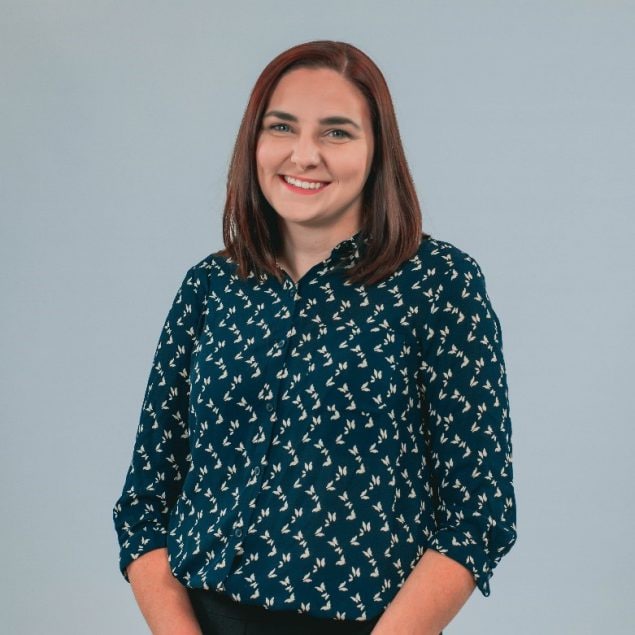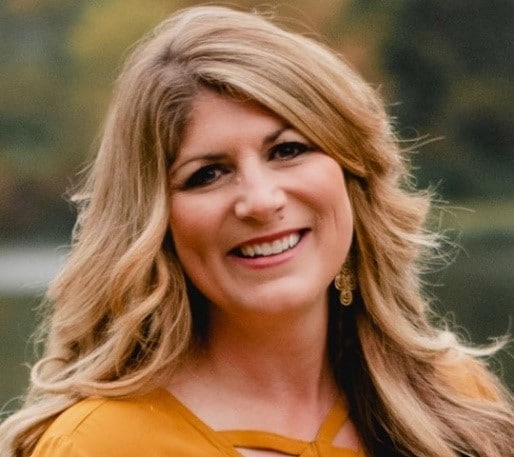Bleeding Disorders in Women
What are bleeding disorders and how many people are affected by them?
The bleeding disorders community includes more than 3 million Americans living with hemophilia, von Willebrand disease (VWD), and other rare bleeding disorders (called rare factor deficiencies). These bleeding disorders, which can be deadly if not treated properly, prevent the blood from clotting normally, causing those affected to experience prolonged bleeding after injury, surgery, or physical trauma. Bleeding disorders affect both men and women. However, in the case of certain bleeding disorders such as VWD, women are more likely to notice the symptoms because of heavy or abnormal bleeding during their menstrual periods and after childbirth.
VWD is the most common bleeding disorder, found in 1 of every 100 people in the U.S. Get a glimpse of what life is like for women with the most severe form of VWD.

Brandee Cookston, a 34-year-old woman, learned she had VWD type 3 at the age of 12 after experiencing extremely heavy periods. According to Brandee, when she started her menstrual cycle, it never stopped. “It was extremely heavy, so my parents took me to my pediatrician, and she ran a bunch of tests and said that she was going to have to refer me to a hematologist (a doctor that specializes in diseases related to blood) because she thought I had VWD, which I did. That’s how I learned that I have it. It was a surprise.” Read Brandee’s full story.

For Brooke Connell, a 37-year-old woman, VWD is a family affair. At 6 months old, Brooke was diagnosed with the most severe form of VWD: type 3. Before her diagnosis, no one in her family knew anything about the condition. But after she was diagnosed, her family members, including her mother and three older brothers, were tested. They, too, learned they had VWD, albeit a milder form known as type 1.
Looking back, Brooke acknowledges there were some signs of a family history of the disease. Her older twin brothers always had nosebleeds; however, because they had the mild form of the disease, they didn’t experience many symptoms. It wasn’t until Brooke was diagnosed at her 6-month checkup that her parents learned of her condition and, later, how it ran in the family.
At the appointment, the doctor held Brooke down to draw blood. The next day, her abdomen was covered in bruises. This prompted doctors to run additional tests to find out what was causing the bruising. A blood test was ordered to check her factor (proteins in the blood that help control bleeding) levels. The results indicated very low factor levels. Read Brooke’s full story.
Help raise awareness of bleeding disorders!
- Visit the National Hemophilia Foundation’s website to change your social media profile picture and Facebook banner.
- Share messages from the Hemophilia Federation of America’s fact-a-day social media campaign on Facebook and learn about additional strategies they suggest for helping to spread bleeding disorders awareness.
- Share resources from the VWD Connect Foundation and other relevant community-based organizations.
- Share our videos on hemophilia and von Willebrand disease, as well as our Flickr Album containing personal stories of people affected by hemophilia and the added challenge they face of having an inhibitor.
- Follow @CDC_NCBDDD and retweet messages about CDC resources available to people with bleeding disorders.
- Visit our webpages on hemophilia, women with bleeding disorders, and von Willebrand disease to learn more about bleeding disorders.
No comments:
Post a Comment